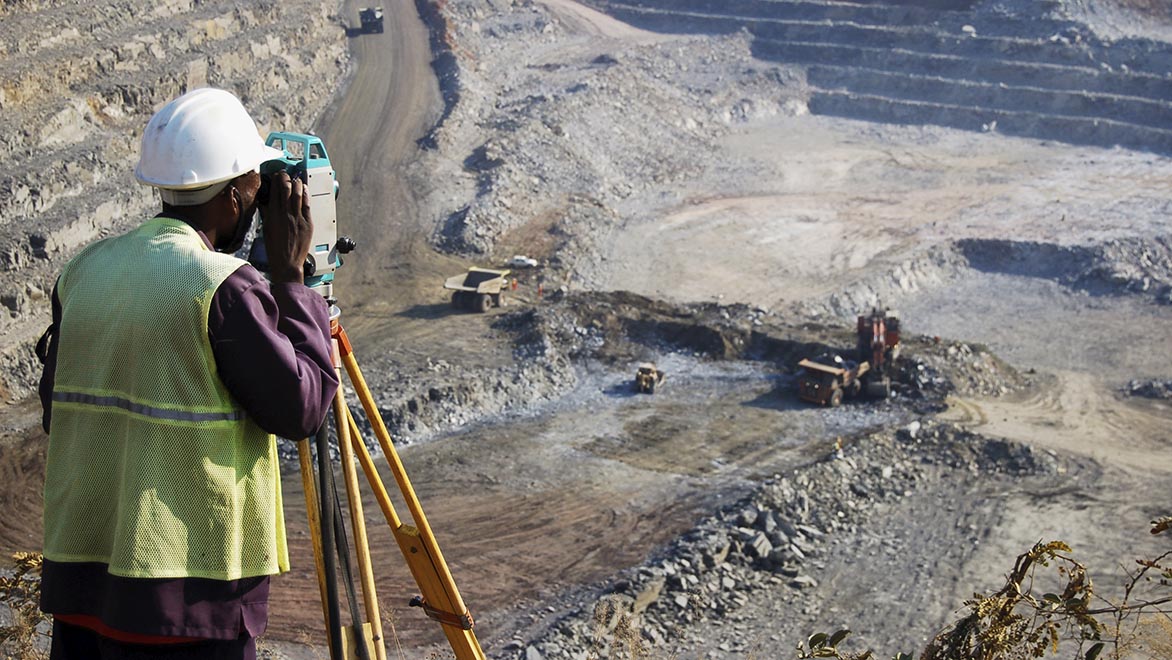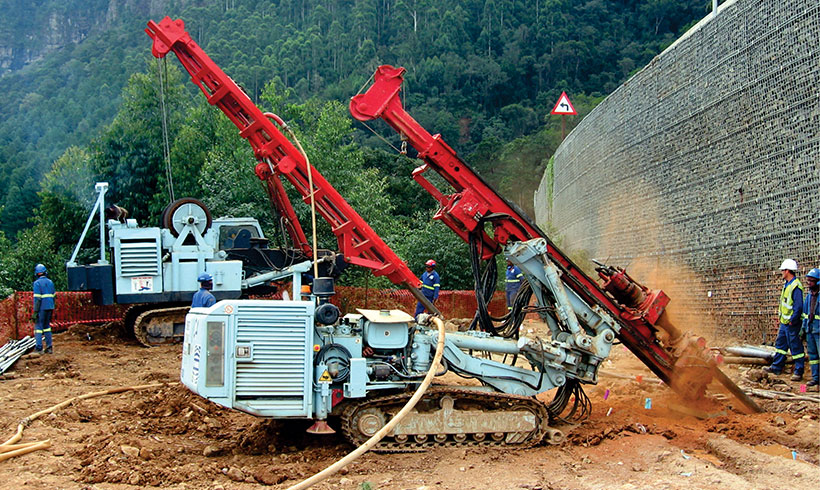Rumored Buzz on Geotechnical Engineering For Construction Projects
Rumored Buzz on Geotechnical Engineering For Construction Projects
Blog Article
All about Geotechnical Engineering For Construction Projects
Table of ContentsIndicators on Geotechnical Engineering For Construction Projects You Should KnowThe 45-Second Trick For Geotechnical Engineering For Construction ProjectsOur Geotechnical Engineering For Construction Projects PDFsThe 7-Second Trick For Geotechnical Engineering For Construction ProjectsGetting The Geotechnical Engineering For Construction Projects To WorkAll About Geotechnical Engineering For Construction ProjectsThe Ultimate Guide To Geotechnical Engineering For Construction Projects
Principles and Technique of Ground Improvement. Ground Improvement Concepts And Applications In Asia. Design evaluation in rock mechanics.Cengage Discovering, Stamford, 666 p. Atkinson, J., 2007. The technicians of soils and structures. The Observational Method in ground engineering principles and applications.
What Does Geotechnical Engineering For Construction Projects Mean?
Laboratory and field testing plays an essential role in this process. By removing samples from the planet's subsurface and applying a collection of tests, geotechnical designers can predict the behaviour of soil layers and assess their suitability for different building efforts. The essence of geotechnical design in civil engineering can not be overstated, attributable to numerous aspects: The initial action in any type of geotechnical research includes identifying the dirt type at the building and construction website.
The foundation acts as the bedrock of any type of building task. Choosing the appropriate structure type is a choice that hinges on the thorough analysis offered by geotechnical engineering.

Geotechnical site investigation is a vital action in the planning and execution of any kind of construction job. It includes the collection and analysis of data connected to the physical homes of soil and rock under a recommended building website. This information is important for the design and construction of safe, secure, and sustainable frameworks.
Geotechnical Engineering For Construction Projects - An Overview
In this blog, we will explore the relevance of geotechnical site examination, its different elements, and exactly how it benefits construction jobs. Geotechnical site investigation, additionally understood as subsurface exploration, includes a series of tasks targeted at establishing the dirt, rock, and groundwater problems at a building and construction site. The key goals are to recognize possible geotechnical risks, evaluate the design residential properties of subsurface products, and give suggestions for the layout and construction of foundations, retaining wall surfaces, and various other frameworks.
The desk research study aids in recognizing possible geotechnical problems and planning the subsequent fieldwork. This involves observing the topography, water drainage patterns, existing frameworks, greenery, and any signs of instability or disintegration.
The Only Guide to Geotechnical Engineering For Construction Projects
Shallow examination pits are excavated to straight observe and example the dirt and rock. This approach serves for examining the top layers of the subsurface and determining near-surface hazards. Non-invasive geophysical approaches, such as seismic refraction, ground-penetrating radar (GPR), and electrical resistivity tomography (ERT), are used to map subsurface conditions and discover abnormalities.
Soil and rock samples collected during the area investigation are subjected to research laboratory testing to establish their physical and mechanical residential or commercial properties. These examinations provide necessary data for geotechnical evaluation and style.
The key advantage of geotechnical site examination is ensuring the safety and security and security of frameworks. By recognizing the subsurface problems, designers can develop foundations and other structural components that can stand up to the tons and ecological forces they will certainly be subjected to. This lessens Learn More Here the risk of settlement, subsidence, and structural failure.
The Geotechnical Engineering For Construction Projects Ideas
Understanding dirt features can assist the choice of excavation strategies, dewatering methods, and ground renovation procedures. This ensures reliable and risk-free construction techniques. Geotechnical site examinations are usually required by constructing codes and guidelines. Following these demands ensures conformity with legal and safety and security standards, preventing prospective legal liabilities and task hold-ups.
This info is description invaluable for job supervisors, designers, and contractors in developing sensible schedules, budget plans, and backup strategies. Geotechnical Engineering for Construction Projects. Skyscraper in a Coastal AreaIn a seaside city, a skyscraper residential building was prepared on a site with presumed loosened sand down payments and a high water table. An in-depth geotechnical examination, including borehole boring, CPT, and geophysical surveys, was performed
Getting My Geotechnical Engineering For Construction Projects To Work
Based on these findings, the structure layout was changed to consist of deep heap structures prolonging into secure strata, and ground enhancement techniques, such as vibro-compaction, were implemented to minimize liquefaction dangers. This proactive strategy made sure the security and stability of the structure while preventing costly post-construction removal. Facilities Growth on a Sloping TerrainA significant infrastructure task, entailing the building and construction of a freeway and bridges, was intended on a hilly surface with steep slopes.

The Leaning Tower of Pisa (Italy), an iconic architectural wonder, is infamous for its unintentional tilt from considerable geotechnical problems. The tower's structure was improperly made to handle the soft, unpredictable soil below it, resulting in uneven negotiation and its unique lean. Our globe is populated with outstanding framework projectsfrom towering skyscrapers to sprawling bridgesall standing testament to the evolution of the various building and construction equipment and methods offered.
Geotechnical engineering Look At This is a specific field within civil engineering that concentrates on studying the actions of planet materials. This branch dives deep right into the groundinvestigating how the soil, rock, and groundwater at a construction website can influenceand be affected bythe facilities that we erect on and right into them. Before a solitary brick is laid or a concrete foundation put, geotechnical engineers probe right into the earthgathering vital information regarding the website's soil composition, rock framework, and groundwater levels.
The Main Principles Of Geotechnical Engineering For Construction Projects

is a device utilized to assess the stability and load-bearing ability of piles during installment, leveraging the principle of wave proliferation. It optimizes building and construction efficiency by offering real-time analyses, therefore making sure secure and effective heap structures. Among the functional applications of geotechnical engineering entails determining and carrying out the right approaches for foundation construction.
Load driving stands for greater than the mere act of placing architectural components into the ground. On the other hand, it is a very carefully orchestrated procedure of transferring a framework's load past the much less secure soil layers more detailed to the surfacedown to the much more significant strata that exist beneath. When it comes to pile driving, take into consideration exactly how geotechnical engineers adeptly utilize this strategy to uniformly disperse the structure's weight.
Report this page